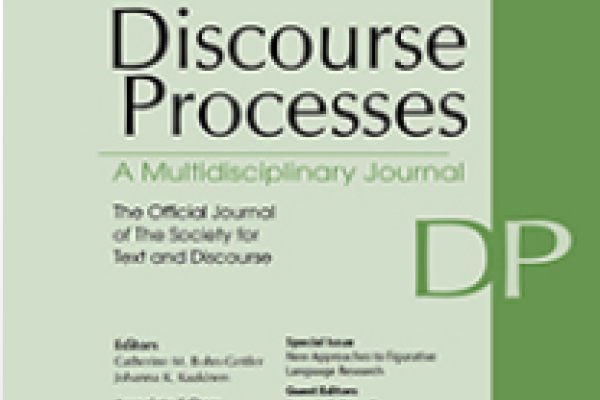
Abel, R., Roelle, J., & Stadtler, M. (2024)
We investigated how the sequence of presenting social media sources in an unsupervised inductive learning setting supports the acquisition of source evaluation skills in two different age groups. Participants were 63 upper and 59 lower secondary students. They had to identify characteristics of trustworthiness while studying sources labeled as trustworthy and untrustworthy presented in one of two ways: interleaved (alternating sequence) or blocked (without alternation). Upper secondary students recognized expertise and benevolence as key source characteristics earlier than their younger counterparts and discerned more reliably between trustworthy and untrustworthy sources. Interleaving fostered upper secondary students’ ability to recognize benevolence and elevated their trust in and use intention for trustworthy sources. This was reflected in higher perceived learning scores. For lower secondary students, unsupervised inductive learning resulted in low discernment scores, irrespective of sequence. Recognizing benevolence based on professional affiliations is particularly difficult for younger students with low social media experience.
Discourse Processes, 1–22.
Abel, R., Roelle, J., & Stadtler, M. (2024)
We investigated how the sequence of presenting social media sources in an unsupervised inductive learning setting supports the acquisition of source evaluation skills in two different age groups. Participants were 63 upper and 59 lower secondary students. They had to identify characteristics of trustworthiness while studying sources labeled as trustworthy and untrustworthy presented in one of two ways: interleaved (alternating sequence) or blocked (without alternation). Upper secondary students recognized expertise and benevolence as key source characteristics earlier than their younger counterparts and discerned more reliably between trustworthy and untrustworthy sources. Interleaving fostered upper secondary students’ ability to recognize benevolence and elevated their trust in and use intention for trustworthy sources. This was reflected in higher perceived learning scores. For lower secondary students, unsupervised inductive learning resulted in low discernment scores, irrespective of sequence. Recognizing benevolence based on professional affiliations is particularly difficult for younger students with low social media experience.
Discourse Processes, 1–22.